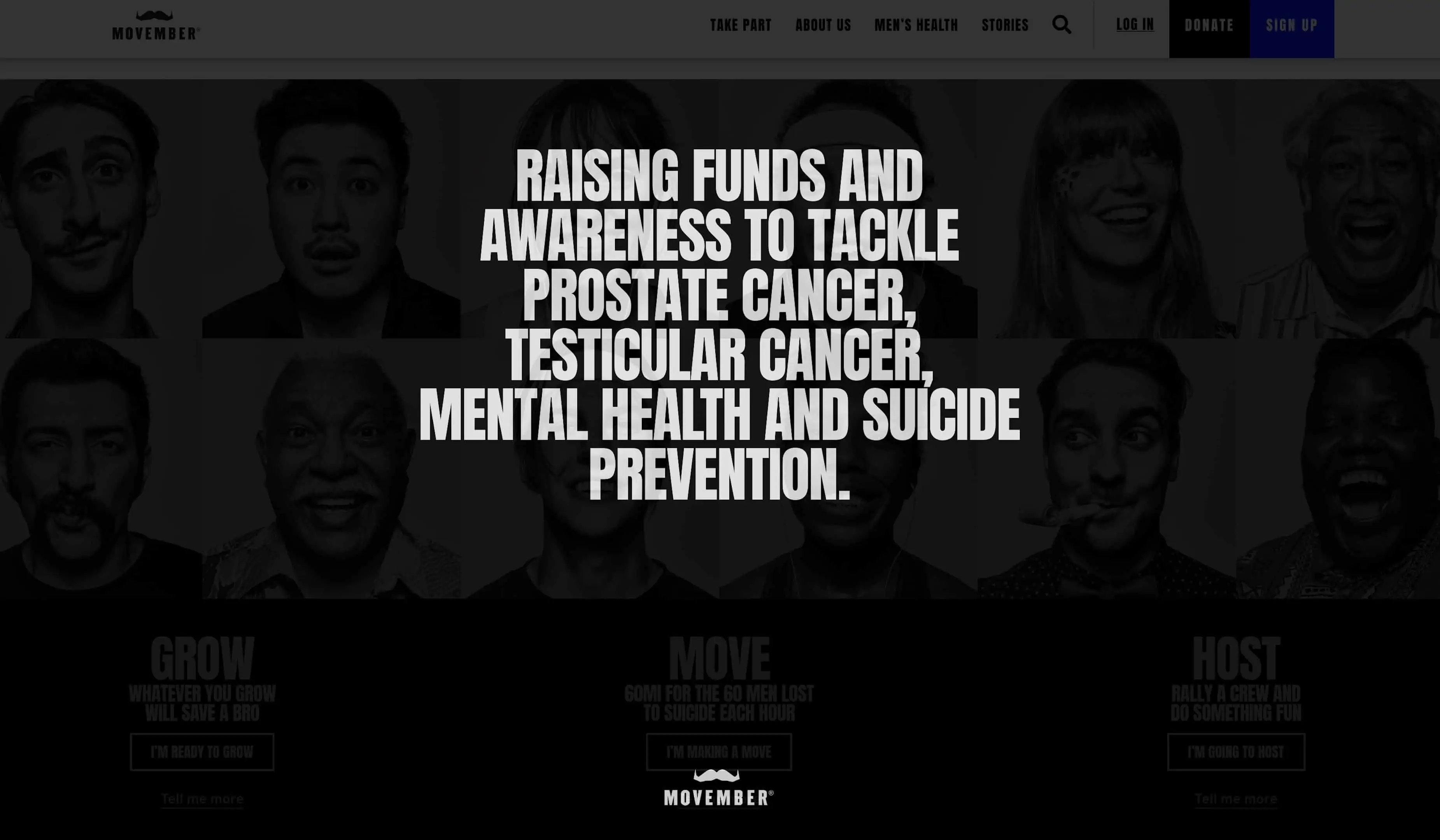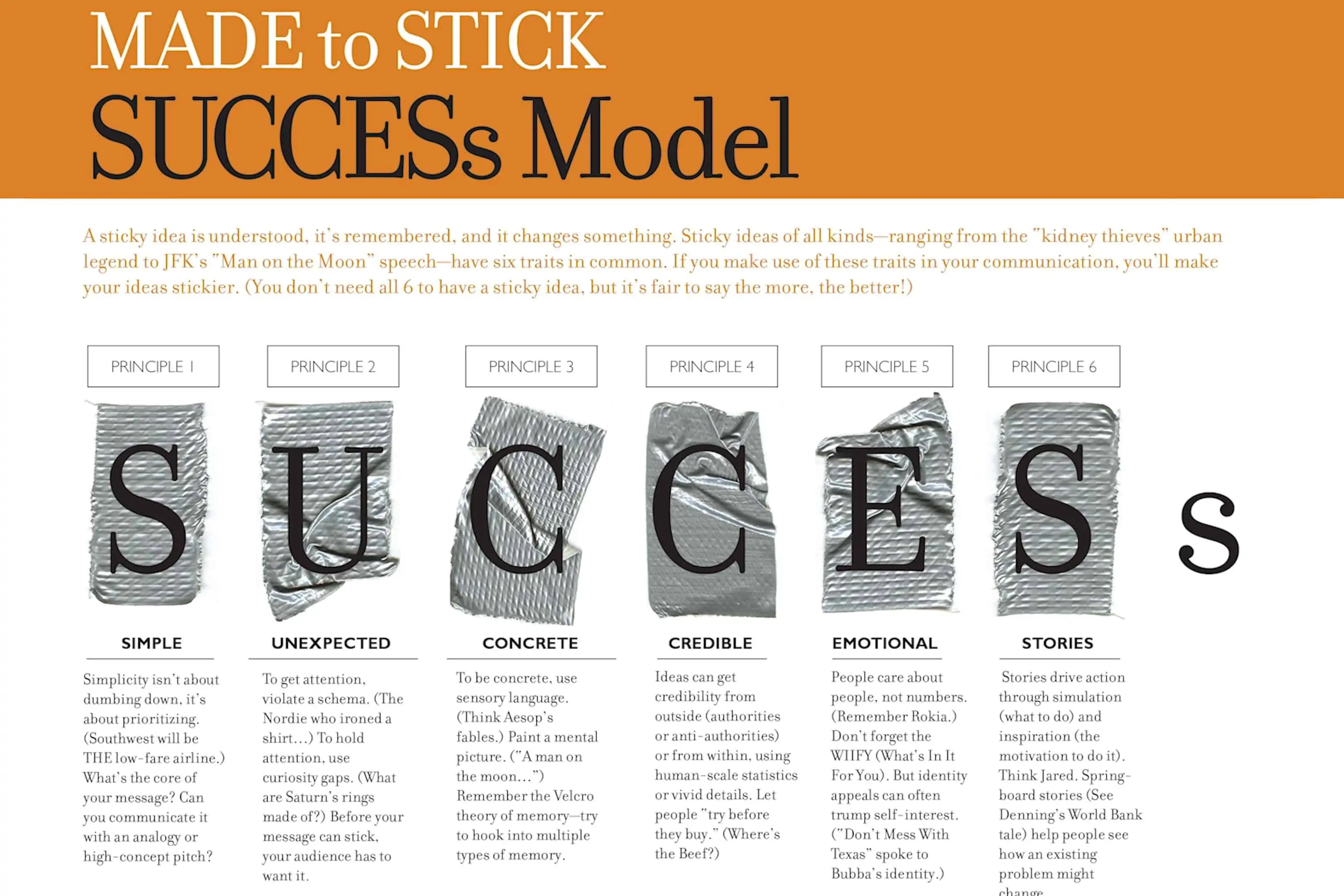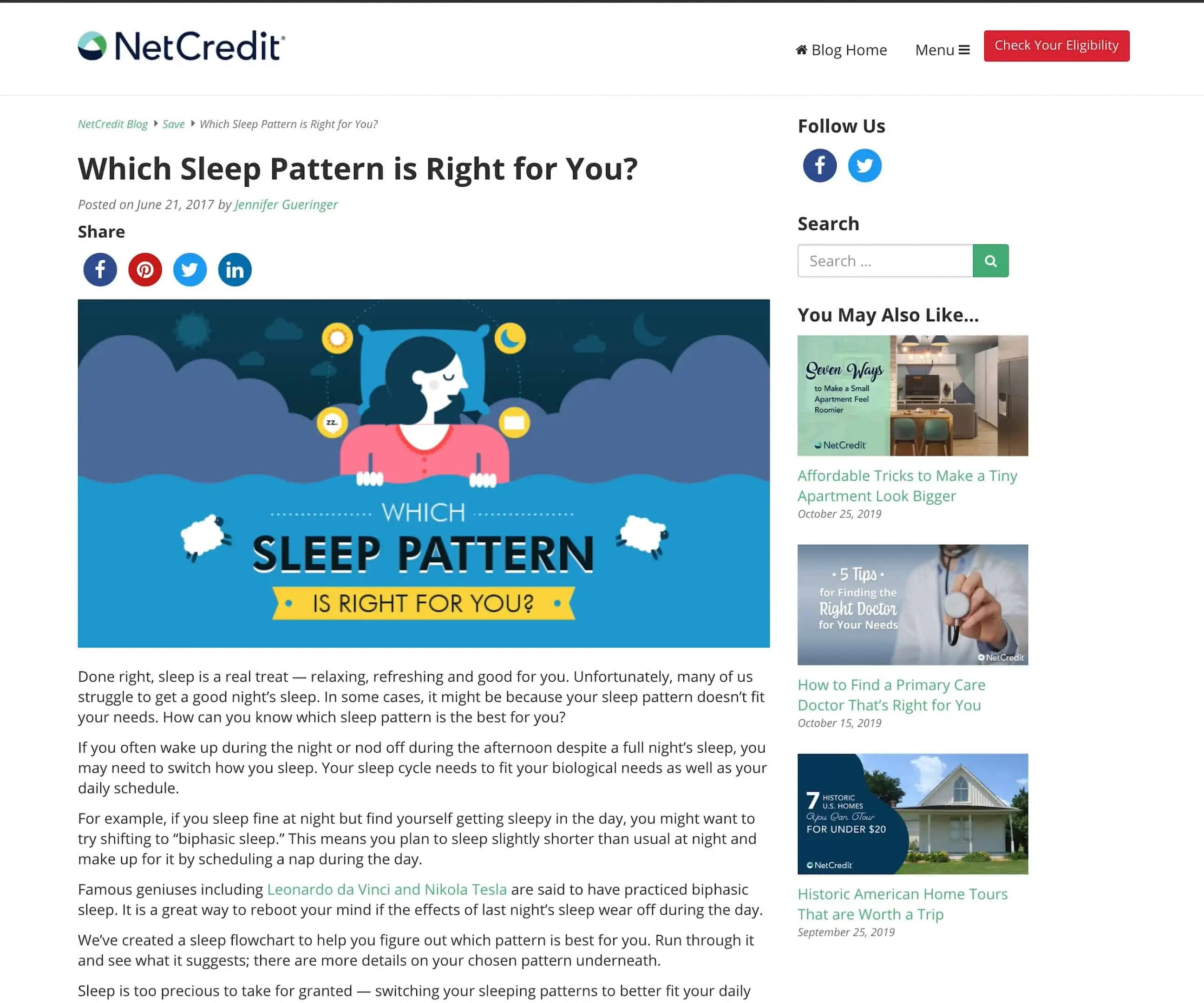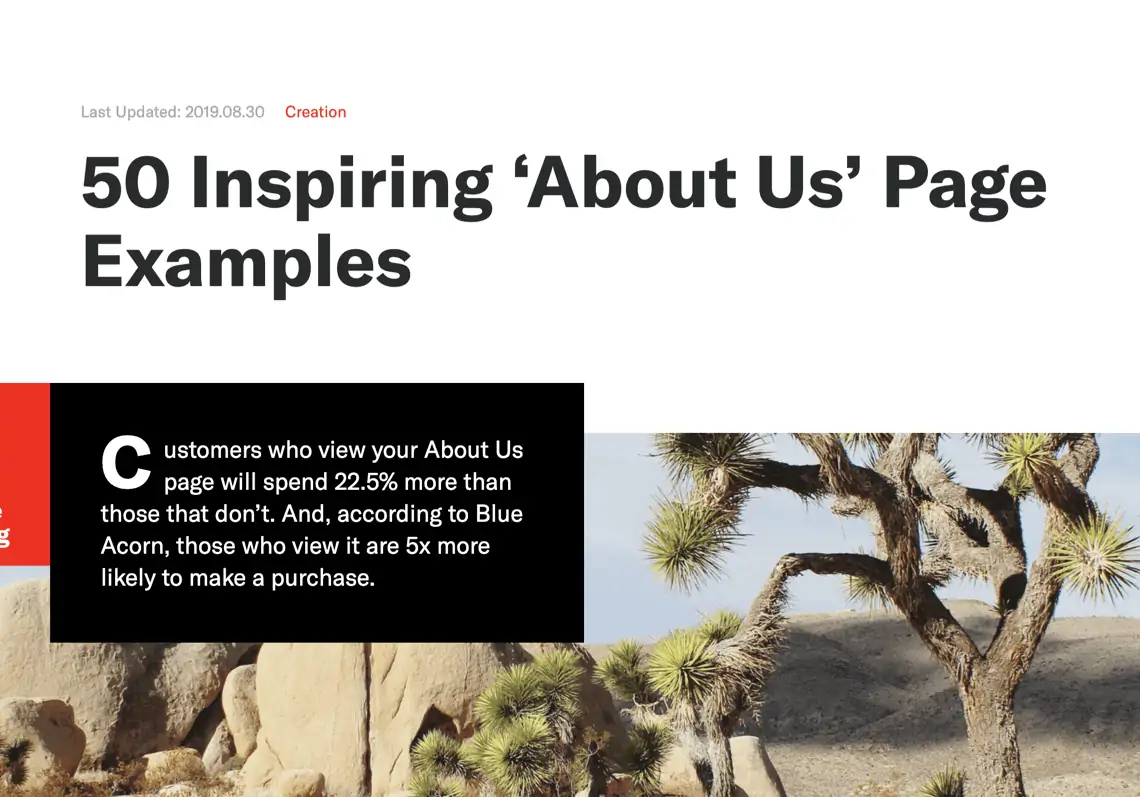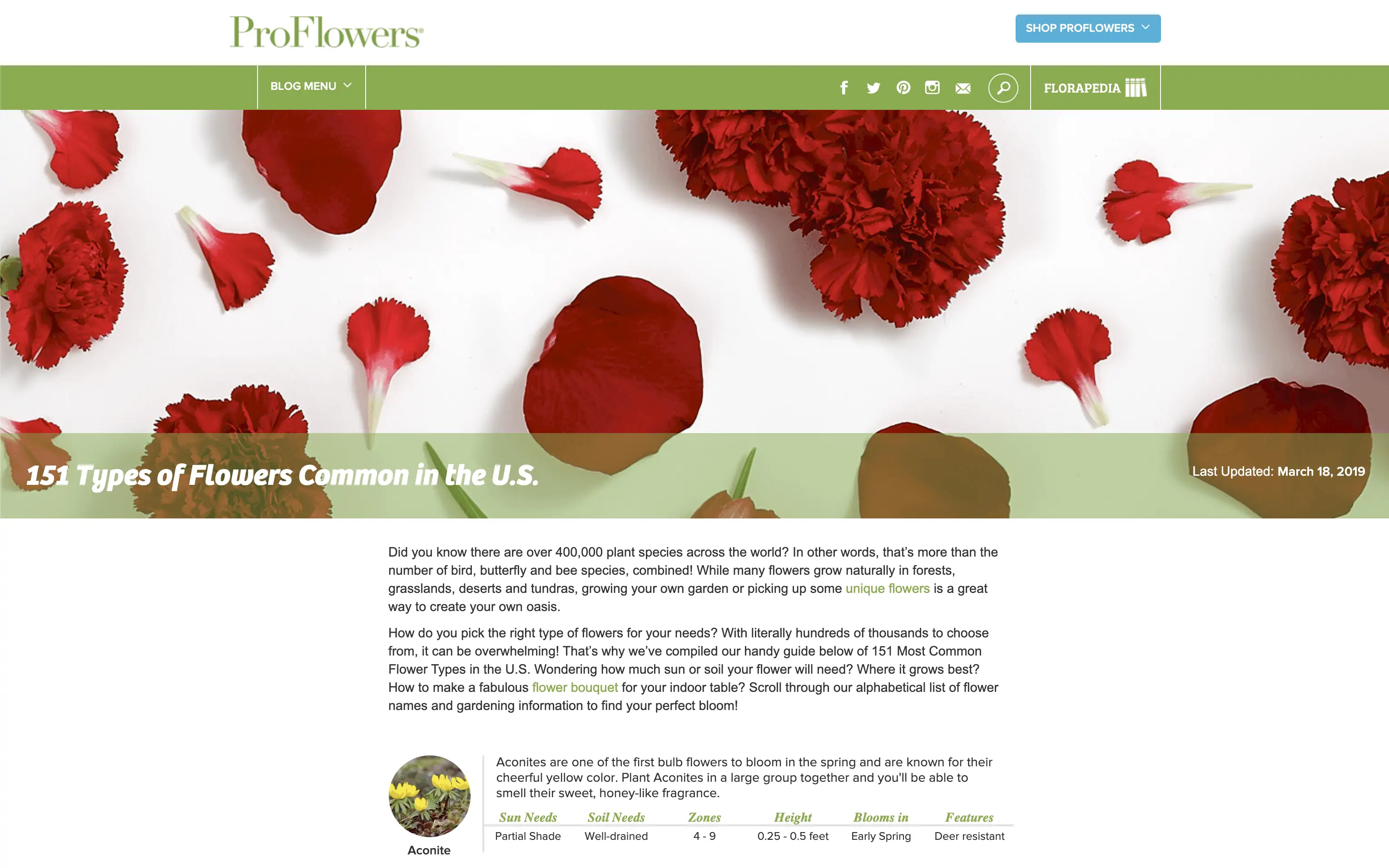If you want to make your content a success, follow the S.U.C.C.E.S.S method, but make sure it’s also associated with your product.
Video Transcription
Hey everyone, Vince Nero here, Director of Content Marketing with Siege Media and today I’m gonna be talking to you about leveling up your content with the S.U.C.C.E.S.S. Method and actually adding something to the S.U.C.C.E.S.S Method, a new letter to make it “A success”.
I’m rockin’ the Movember mustache if you haven’t noticed. If you don’t know what Movember is, check it out, it’s a great foundation movement to raise awareness for men’s health.
Things like prostate cancer, and suicide prevention, that sort of thing. So, look into that. But yeah let’s get into it.
So talking about how we can level up The S.U.C.C.E.S.S. Method by adding this new letter, A. Which is associating your idea with the product.
So, if you don’t know what the S.U.C.C.E.S.S. Method is, I actually did a big video with Ross, one of my first videos actually. And we break down basically what makes a good idea here. And one of the things we use here at Siege Media is the S.U.C.C.E.S.S. Method which is an acronym made popular by Dan and Chip Heath in this great book called Made to Stick. And it stands for, ideas that are simple, unexpected, concrete, credible, emotional, tell stories, and this last S is actually something that Hannah Smith from Distilled added, and it’s shareability.
So all that spells success and what I’m adding today is a letter before: A. And that stands for “Associated With Your Product”.
Now, I’m sure you’ve all seen these ideas out there, they might be great and linkable assets but at the end of the day some of them just don’t link back contextually to the site that they’re on. So, you may see this with City studies, or a lot of times in the broken link building type resource creation. I feel like a lot of those aren’t really related. So I’m gonna show you some examples of what not to do and some examples of ones that are associated with product.
Really quickly, if you don’t get it, the association with product thing, think about it from a top level of just, generating leads. You want people that are in your marketing sales funnel on some sort. So top-mid funnel I think is where a lot of these linkable assets play.
The most successful ones that are associated with product, so yes it doesn’t have to be something that’s you know, the users gonna immediately buy ’cause that’s gonna be really hard to drive links to. But you wanna have them in the mindset of buying.
Posts That Aren’t Associated With Their Product
So this first example here that I’m gonna show you is from NetCredit. And they basically made this infographic, it looks pretty nice but it’s about which sleep pattern is right for you.
Now, NetCredit doesn’t have anything to do with sleep, sleep patterns, that sort of thing. So if I’m the buyer, I’m in the mindset of what sleeping, you know like what sleep pattern, that doesn’t necessarily set me up in this mindset for checking my credit or evaluating my credit. So, to me, there’s no real connection there. They may get some high quality links out of it but again, if the links have nothing to do with your website and the people seeing your assets have nothing to do with the website then why are you spending time creating them, right? Let’s look at another one.
So, this other piece here is from Quality Logo Products.
So Quality Logo Products has done this health and hygiene confessions, America’s Filthiest Cities. And now I mentioned this earlier, this idea of like a City study. And that’s basically these types of assets where you rate and grade certain Cities and then you reach out to high end news markets within those Cities and say hey, you’re number one on this list or in this case America’s Filthiest Cities maybe you don’t wanna be number one.
But no matter what it’s news worthy.
But again, does being America’s Filthiest City have anything to do with a quality logo product? Probably not, right? If you’re not necessarily in the mindset of being that buyer that’s looking for putting logos on your products. Now, I actually wanna throw myself under the bus here and show you a third example of something that doesn’t really relate.
So I actually did a post for Siege Media called About Us Examples. I looked at About Us pages and evaluated tons. I think it was 50, and just kinda tried to draw out what I thought was doing well for these products on the About Us page.
As you know, About Us pages are a nice trust signal. But what we kind of started to find is that the user that’s looking at About Us pages and wants to know and wants to understand about how to design an About Us page isn’t necessarily looking for content marketing services.
Even if we convince them, hey you know these are some good points that Siege Media draws here and I wanna do this to my About Us page, we’re not necessarily in the market for one off little project designs where we can redesign a small page for someone. We wanna create linkable assets for people, drive search traffic that sort of thing.
So, that doesn’t necessarily match our core offering. So it was important kind of learning experience for us, it does drive a lot of links. It helps with that brand authority, but again, each piece that you have should have some type of goal that leads the user back to eventually getting your product. So, yeah, maybe this is raising awareness around Siege media but again it’s a little disconnected from that end result. Okay, so a couple good examples of this.
Posts That Are Associated With Their Product
Now this one from ProFlowers I really like, they did this piece it’s called 151 Types of Flowers. And basically it’s this entire compendium of flowers, flower types and they break it down by their zones, the heights, where they bloom, different features, what type of sun they need.
And so to me, you’re ProFlowers, I’m a customer, I am looking for a certain type of flower, it makes sense to me that you have this type of asset on your site. You wanna understand maybe how much sun a certain type of flower needs and then boom, maybe you wanna buy it. And once you decide that the amount of sunlight in your backyard is great for this type of flower, right? Gets you in the mindset of buying.
This last example here I wanna show you is from Tommy John, they sell men and women’s underwear. And they actually did a survey asking people basically about underwear hygiene and how often they change their underwear, that sort of thing. And it listed this great response, it basically went viral.
Found out 45% of Americans wear underwear for two days or longer. And now to me, that went viral, got a lot of links, it’s a great result because it gets you in that mindset of buying underwear, which is what they want, that’s their core product, it’s associated with their product.
So that’s that first A, to make your idea a success. A little corny sounding but that’s the idea, hopefully it’ll help you remember. So yeah that’s it, remember if you wanna make your idea a success make sure it’s associated with your product, doesn’t always, always have to be, we say there’s like a rule of you know, if you have 10 pieces on your site and one of them isn’t 100% associated that’s totally fine. But it should have some type of goal, maybe it’s for social media, maybe it’s for just brand awareness in general right. But the more you can drive users to buy, the better.
So that’s it, hope you enjoyed, if you did please give thumbs up, subscribe, let me know what you think in the comments. Thanks.


